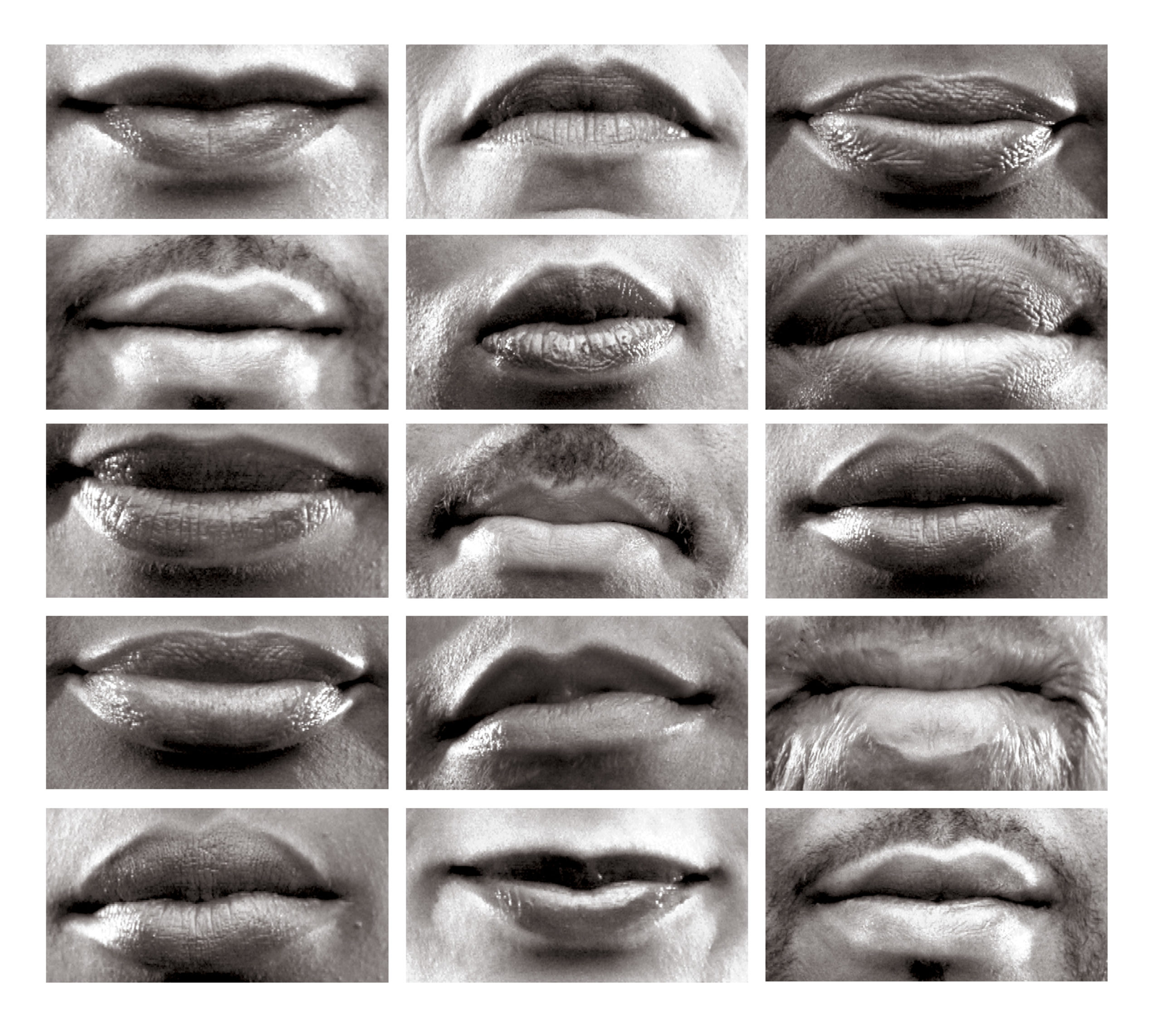Lorna Simpson is an American artist best known for her black-and-white photographs and works on paper—both of which explore the interplay between historical memory, culture, and identity. Often associated with postcolonial and feminist critique, Simpson’s work seeks to explicate the ways in which race and gender shape human interactions, specifically in the United States, through the medium of portraiture. “I do not feel as though issues of identity are exhaustible,” the artist has said. “I feel that my critique of identity, which in the past work may be the most obvious, becomes the foreground or recedes given the structures of the text or the type of narrative that I impose on the work.” In her most famous work Stereo Styles (1988), she explores the way in which identity is externally projected, displaying 10 images of an African American woman in different hairstyles alongside text that reads “Sweet,” “Ageless,” and “Magnetic.” Born in 1960 in Brooklyn, NY, Simpson studied photography at School of Visual Arts in New York and received an MFA from the University of California at San Diego, where she studied under Allan Kaprow and Eleanor Antin. In 1986, she received critical attention for her photographic series Twenty Questions (A Sampler), which evaluated the importance of image in contemporary society. In 2007, she was the subject of the retrospective titled “Lorna Simpson” at the Whitney Museum of American Art in New York, and she first exhibited paintings in 2015. Simpson lives and works in Brooklyn, NY. She was married to fellow artist James Casebere from 2007 to 2018. Today, her works are held in the collections of The Museum of Modern Art in New York, the Walker Art Center in Minneapolis, and the Miami Art Museum, among others.

